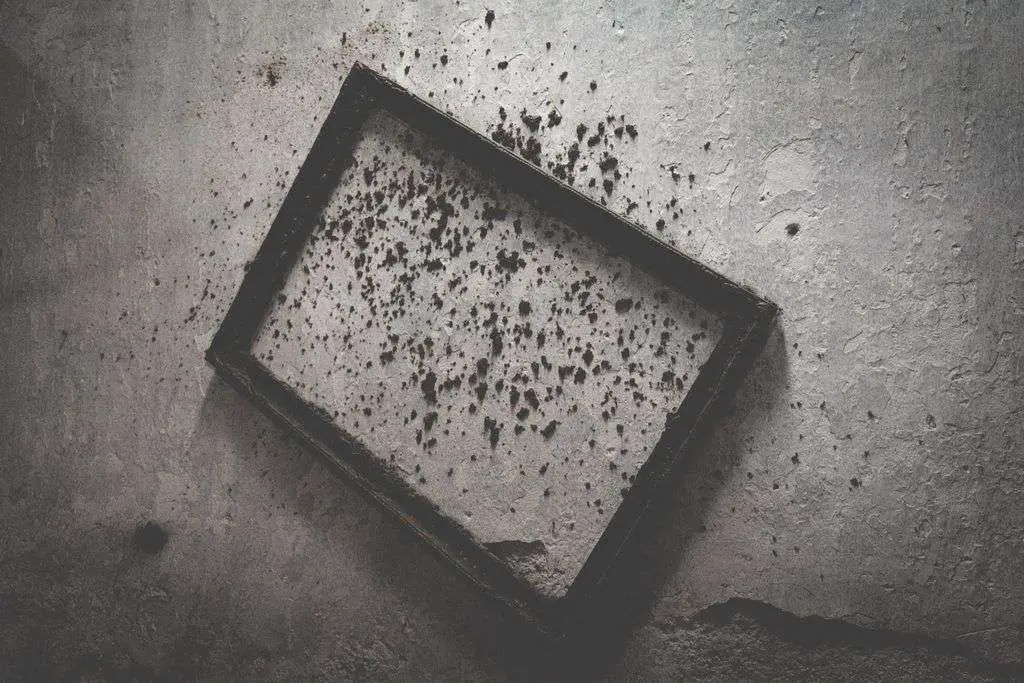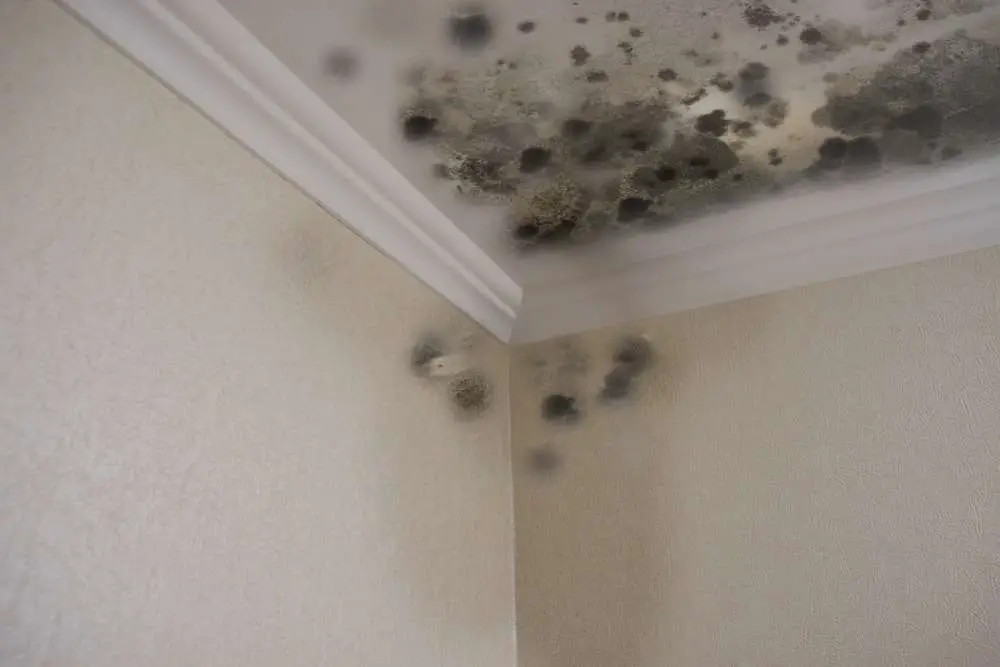- You are here:
- Home »
- Blog »
- Mold Advice »
- What is Black Mold: A Beginner’s Guide
What is Black Mold: A Beginner’s Guide

Did you know that humidity and moisture put your home at risk of black mold? Once it starts to grow, it spreads and becomes a hazard not just to your home but to the health of everyone that comes close to it. Which makes many homeowners wonder, what is black mold?
Black mold is a fungus, an essential part of the environment. Its scientific term is Stachybotrys Chartarun. Stachybotrys is a black fungus that relies on water to grow. It isn’t necessarily more dangerous than the other types of mold and plays a role in the decomposition of dead animals and plants.
Homeowners living in areas that experience warm, humid summers and cold, damp winters need to be vigilant. Their homes are more likely to develop the fungus. It grows on walls, clothes, books, and under tiles.
Keeping the hazards of black mold in mind, we cover the following questions:
- What does black mold look like?
- Where does black mold grow?
- How hazardous is black mold?
- How do I get rid of black mold?
So, you understand how to spot it and take the necessary measures to rid your home of it.
Table of contents
What does black mold look like?

Black mold, as the name suggests, is often black but can also have hints of green. It appears as circular-shaped spots around the home, varying in color from black, dark brown, to dark green. Some even have shades of orange. The color depends on the area it grows and how much moisture is present.
Another way to identify it is through its smell. The fungus emits a musty odor, similar to rotting vegetables.
Where does black mold grow?
You can find black mold in any part of the home. The fungus grows and flourishes in specific conditions, it needs:
- Moisture, an environment that has a humidity of 70% or more
- Access to food, such as drywall
- Oxygen
- Moderate to high temperature ranging from 40°F to 100°F (4°C to 38°C)
It commonly grows in the following places:
- In a closed basement, the humidity is usually high in closed basements.
- In an area that has experienced a water leak.
- Damp rooms, such as bathrooms, without proper ventilation.
- An area once flooded.
- An area with a lot of water condensation.
The fungus thrives on materials with high cellulose content, such as gypsum board, fiberboard, and paper. Therefore, you may find it on window panels and under tiles.
How hazardous is black mold?
You can find extensive research on the impact black mold has on humans. The U.S. Environmental Protection Agency (EPA) credits the allergens that black mold produces as the root cause of its health concerns. When you come close to mold, you breathe in these allergens and irritants. Which can cause:
- Coughing
- Sneezing
- Fever-like symptoms
- Headaches
- Itchy eyes and nose
- Nasal congestion and other sinus problems
Individuals with asthma need to be more cautious because black mold can trigger a severe attack that results in shortness of breath with chest tightness.
Exposure to mold for an extended period can also result in sick building syndrome. The syndrome impacts all the occupants of a home or building; the individuals constantly experience the symptoms linked to mold. But, due to extended exposure can also experience nausea, dizziness, and fatigue.
Mold isn’t just hazardous to your health but also the structural integrity of your home. As mold grows, it spreads to different areas such as the floors, walls, and foundation. This can weaken the home’s structure resulting in permanent damage, and repair work can be costly. Therefore, treating mold is beneficial for your health and the home’s integral structure.
How do I get rid of black mold?
The approach you take to deal with black mold depends on how early you catch it. If you catch it early enough, you can get rid of it on your own. However, if it has already spread to multiple parts of your home, you are better off calling in the experts. Handling a mold infestation requires expertise and experience.
Do-It-Yourself Solutions
If you’ve caught it early, you can use any of the household products listed below. When using any of the solutions, leave them on the mold for a few minutes before scrubbing them off. This will slow down further mold growth.
- Bleach: The chlorine from the bleach is harsh on the mold, getting rid of it and any discoloration caused by it. You can use bleach diluted with water, so it isn’t too harsh on the surface you use it on. But take some precautions, inhaling the fumes of bleach is dangerous so wear a mask, protect your eyes with goggles, and wear gloves. You also want to target smaller mold patches first, to limit further damages, if any.
- Hydrogen peroxide: A solution of hydrogen peroxide mixed with water kills mold and lightens stains. It isn’t as effective as bleach in getting rid of discoloration, but is not harmful to you since it has no fumes.
- Distilled white vinegar: This type of vinegar has 6% acidity, which breaks down the mold, and kills it. While it gets rid of the mold, the stains it leaves behind will remain. You can use household cleaners to get rid of the stain.
- Borax and baking soda: Combine borax, a sodium borate mixture found in household cleaning products, with baking soda to develop a solution with a high pH level. When you scrub it on mold, it inhibits growth and eventually kills the mold. Both of these products are non-toxic and commonly found in homes.
Final thoughts
Black mold is a serious problem that impacts your health and home’s integrity. The sooner you treat it, the better. You don’t necessarily have to call in professionals to get rid of it, as long as you spot it early. However, make sure you thoroughly clean the area afterward. To prevent further mold breakouts, you should consider getting a dehumidifier for the space. It will keep the room dry, even during the hot, humid summer days.
About the Author Belal
Belal Rizvi enjoys writing about home improvement and do-it-yourself projects. He is an avid learner of the mold removal and dehumidifiers industry and provides insightful information about it to the readers.
